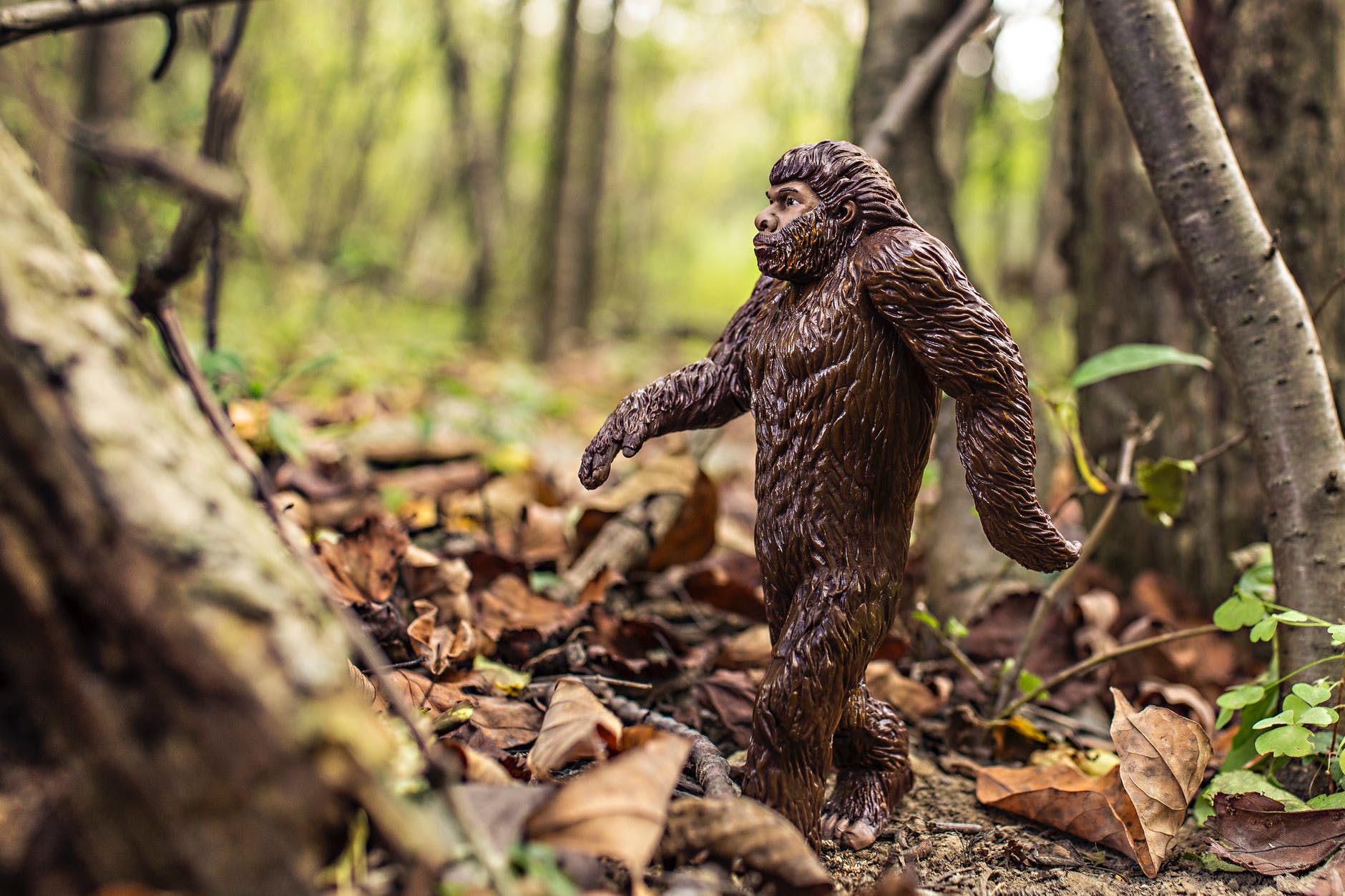Yeti or not: Do they exist?
Version 2 published June 04, 2020
Version 1 published May 14, 2020
Through this 2-part bioinformatics case study, students will be led through the forensic analysis of putative Yeti artifacts based on published findings. In the first part of the case study, students will review the inheritance patterns of nuclear and mitochondrial DNA. Students will also review and compare prokaryotic DNA replication with the technique of Sanger dideoxy-sequencing. This part of the case study can easily be given during a classroom lecture period. In the second (take home) part of the case study, students are introduced to the GenBank database of sequences and the BLAST algorithm. Students are led through a BLAST search using short, published DNA fragments from purported Yeti artifacts. The sequences are compared with the GenBank database to determine if there is a match, create a multiple sequence alignment (ClustalOmega) and a relationship tree. In a ‘Breaking News’ addition, a separate sequence is provided which currently does not match any sequence from the database, but is clearly related. Students are asked to perform a BLAST search on this ‘new’ sequence and make some conclusions. The assessment of the second part has been performed through a course website.
Incubator Details
Statement from the author (Keith Johnson):
I have used this case study several times and have continued to revise. I am looking for feedback as to improving the case and possibly directing this to a publication if possible. Goals for the incubator:
- Review the technical or scientific content of the activity.
- Identify pedagogical strategies for making it more student-centered, inquiry focused, or promoting active learning.
- Document and annotate the materials so that they can be more easily used by other teachers.
- Having others pilot the lesson and get their feedback on what worked and what didn’t.
- Clarifying the learning outcomes and working on assessments that address those goals.
Statement from the managing editor (William Morgan):
This is an engaging activity for introductory biology courses that should grab the interest of many students. To further enhance this resource, external reviewers recommended prioritizing the following actions...
- Explicitly state learning objectives linked to the NIBLSE Core Competencies.
- Include more contextual background information (variation, quantifying sequence similarity, evolutionary theory), so that students better understand the basis of the bioinformatics analysis.
- Add reflection questions so that students consider the purpose of each step of the analysis.
- Suggest alternative data sets for use in different classroom settings and/or for summative assessment after formative assessment with the Yeti data set.
Incubator start and end times:
This incubator will run from June 8, 2020 to July 20, 2020
QUBES Liaison: Sam Donovan
Licensing Information
All NIBLSE Incubators are under Creative Commons licensing. The default license for Incubators is the Attribution-ShareAlike 4.0 International license. This license allows for sharing of adaptations of the work, as longs as all adaptations are shared alike. It also allows for commercial use of the work. Learn more at the Creative Commons website.
Authorship Information
During the Learning Resource Incubator process a small group of faculty work on improving and supporting the use of existing bioinformatics lessons. Prior to the start of the incubator, the author addresses their expectations around participant authorship. Below are the author's expectations around contributions and authorship.
- Contributions to the teaching resource:
- I will only list incubator participants as contributors if they make a significant intellectual contribution.
- Authorship of the primary teaching resource:
- I do not plan to add any co-authors.
- Authorship of derivative or customized materials:
- I plan to support others if they are interested in customizing these materials for use in other course contexts or with other student audiences.


